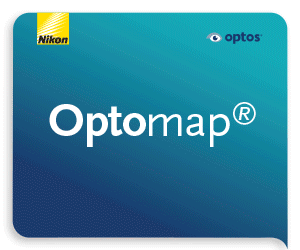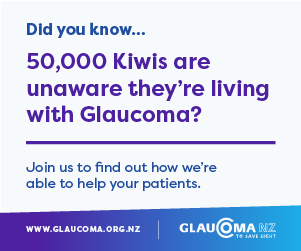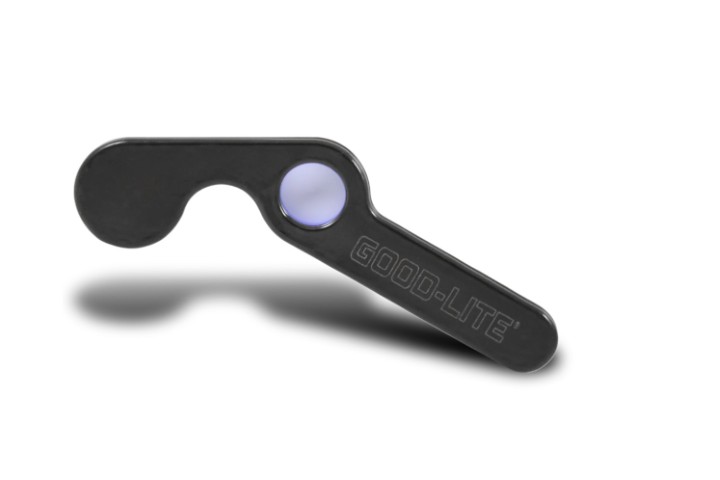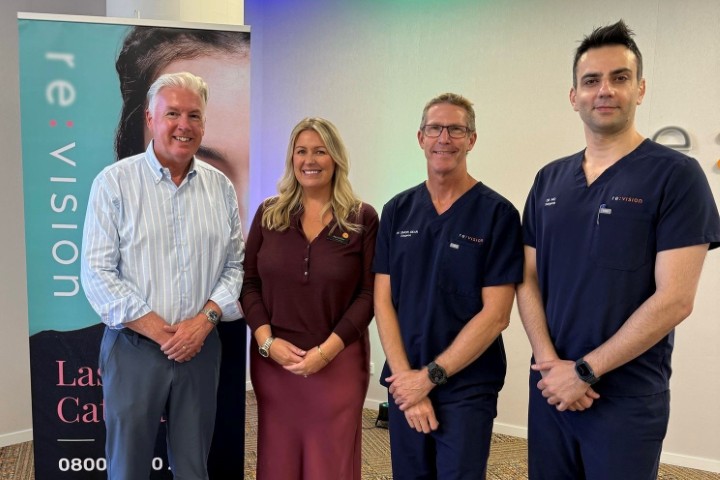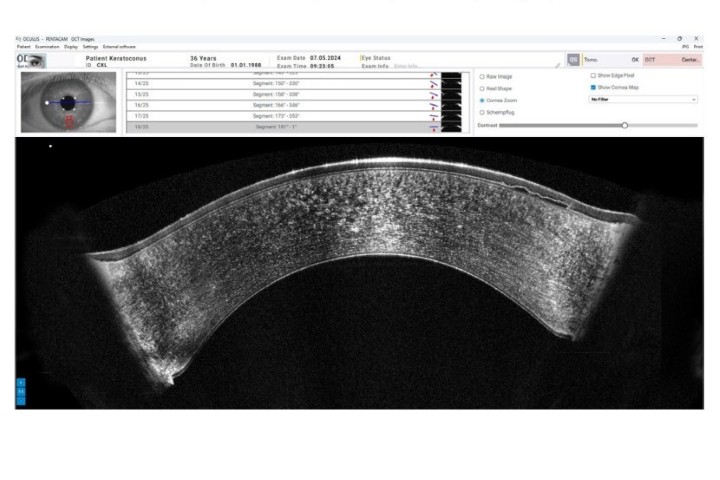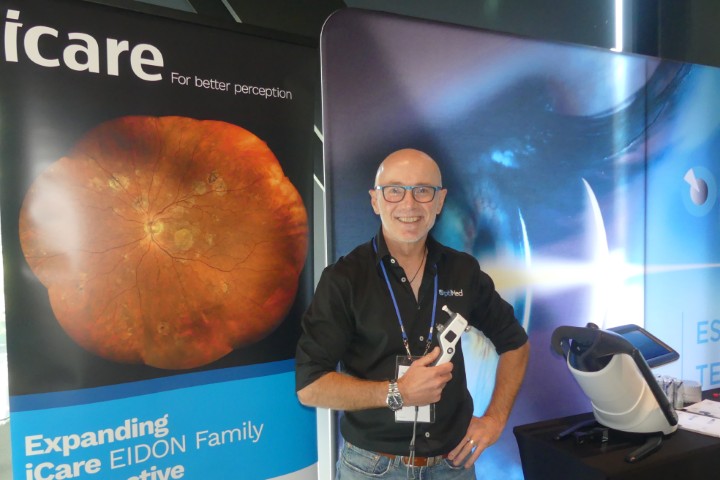Self-auditing boosts AMD care
A University of Melbourne study has shown that clinical audits and receiving analytical performance feedback positively altered how optometrists documented their age‐related macular degeneration (AMD) patients’ care.
Using the Macular Degeneration Clinical Care Audit Tool (MaD-CCAT), an online tick-box-style tool developed by study lead Associate Professor Laura Downie, 20 Australian optometrists assessed their diagnoses and AMD management over a period of three months.
“We found that self-audit improved clinical record documentation of several aspects of optometric care, including AMD risk factors, clinical examination, AMD severity classification and management advice,” said A/Prof Downie, head of the Anterior Eye, Clinical Trials and Research Translation Unit in the Department of Optometry and Vision Sciences at the University of Melbourne. “These findings support a role for audit in improving optometric clinical care of AMD.”
The Clinical audit as an educative tool for optometrists: an intervention study in AMD study focused on the assessment of modifiable risk factors for AMD which are particularly important for clinical care, she said. “Tobacco smoking, diet and nutritional supplementation can substantially modify the risk of a person developing AMD and/or the risk of disease progression. Optometrists, as primary eye care providers, have the opportunity to ask patients about these modifiable factors and to provide appropriate counselling with respect to how these factors relate to an individual's AMD risk.”
The study found substantial improvements in these areas following audit and feedback. For example, post-audit, average record documentation (per optometrist) improved for asking about: smoking status (21% to 58%, p < 0.01); diet (11% to 29%, p < 0.01) and nutritional supplementation (20% to 51%, p < 0.01), said A/Prof Downie. “Although there are currently no formal requirements regarding clinical audit in optometry in Australia, there is increasing recognition of its value for improving practice; this is arguably of heightened importance for sight-threatening conditions such as AMD.”
The MaD-CCAT uses an online platform to enable easy auditing using a computer, laptop or smartphone. Tailored to multiple dimensions of AMD care, it also measures the accuracy of diagnosis, rate/timeliness of ophthalmologic referrals, referral accuracy and quality of record keeping against current best-practice guidelines for the diagnosis and management of AMD.






